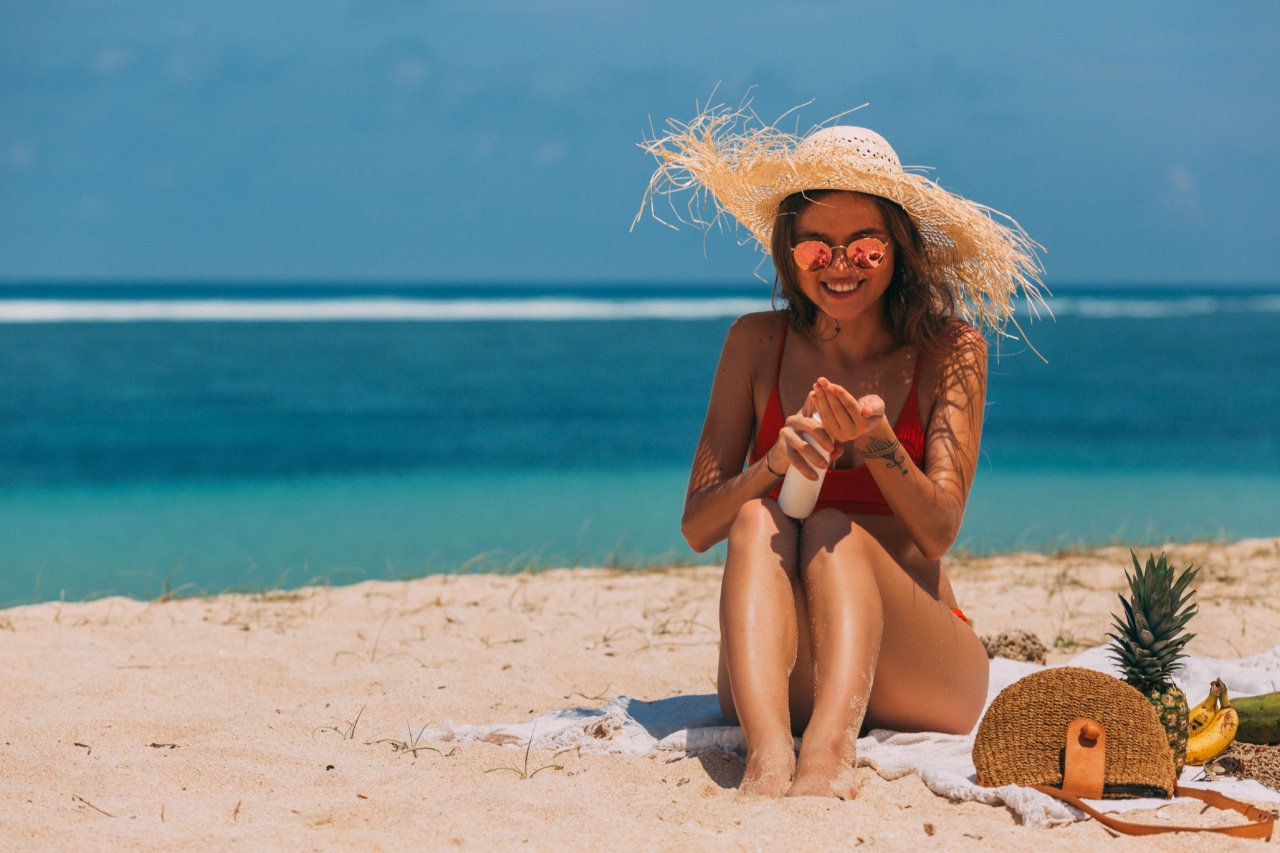Exposure to the sun’s ultraviolet (UV) rays can have significant impacts on our skin health, making sun protection an essential part of our daily routine.
While the warm and soothing rays of the sun may feel enticing, it is crucial to understand the potential risks associated with unprotected sun exposure. This article explores the importance of sun protection and emphasizes its role in maintaining skin health.
Harmful Effects of UV Rays
UV rays emitted by the sun can be broadly categorized into two types: UVA and UVB rays. Both types can cause damage to the skin, leading to various health issues. Here’s a closer look at their harmful effects:.
1. Sunburns
UVB rays are primarily responsible for sunburns. When the skin is exposed to excessive UVB radiation, it can become red, swollen, and painful. Sunburns weaken the skin’s protective barrier, making it more vulnerable to further damage.
2. Premature Aging
Both UVA and UVB rays contribute to premature aging of the skin. UVA rays penetrate the deeper layers of the skin, damaging collagen and elastin fibers that keep the skin firm and supple.
This leads to the appearance of fine lines, wrinkles, and sagging skin, making a person look older than their actual age.
3. Skin Cancer
Excessive sun exposure, especially without proper sun protection, increases the risk of developing skin cancer. UV radiation causes mutations in the DNA of skin cells, which can lead to the formation of malignant tumors.
Skin cancer is the most common type of cancer globally, and its incidence continues to rise.
The Role of Sun Protection
Implementing effective sun protection measures is crucial to safeguarding our skin health. By taking proactive steps to shield our skin from harmful UV rays, we can significantly reduce the risk of sunburns, premature aging, and skin cancer.
1. Sunscreen
Sunscreen is a vital component of any sun protection routine. Look for a broad-spectrum sunscreen that provides protection against both UVA and UVB rays. It should have a sun protection factor (SPF) of at least 30.
Applying sunscreen generously on exposed skin areas can help create a protective barrier.
2. Protective Clothing
Wearing appropriate clothing can provide additional protection against the sun. Opt for lightweight and tightly woven fabrics that cover a larger portion of your skin.
Wide-brimmed hats, sunglasses, and long sleeves are excellent choices to reduce direct sun exposure.
3. Seek Shade
During the peak hours of sun intensity, which is generally between 10 am and 4 pm, it is advisable to seek shade whenever possible. This can significantly reduce your skin’s exposure to harmful UV rays, lowering the risk of damage.
4. Avoid Tanning Beds
Tanning beds emit UV radiation similar to the sun. Their use can cause significant harm to the skin and increase the risk of skin cancer. It’s best to avoid tanning beds altogether.
5. Check UV Index
The UV Index provides an indication of the sun’s strength and the level of risk associated with sun exposure on a particular day or at a specific location.
Checking this index can help you plan your outdoor activities and take appropriate sun protection measures accordingly.
Developing Healthy Sun Habits
Ensuring sufficient sun protection is not limited to occasional beach visits or sunny summer days. It should become a year-round habit. Here are some tips to develop healthy sun habits:.
1. Consistency is Key
Make sun protection a part of your daily routine, regardless of the weather conditions. UV rays can still penetrate through clouds and cause damage, so ensure regular sun protection throughout the year.
2. Be Mindful During Outdoor Activities
Whether you’re playing sports, gardening, or simply going for a walk, remember to protect your skin from the sun. Apply sunscreen, wear protective clothing, and seek shade when possible.
3. Educate Yourself
Stay informed about the latest research and recommendations regarding sun protection. Awareness about the harmful effects of UV radiation and the benefits of sun protection empowers you to make informed decisions about your skin health.
4. Lead by Example
Set a good example for others, especially children, by practicing proper sun protection. Encourage your loved ones to follow sun safety measures to protect their skin health.
Conclusion
Sun protection is not just about preventing sunburns; it is crucial for maintaining overall skin health. The harmful effects of UV radiation can have long-lasting consequences, ranging from premature aging to skin cancer.
By implementing sun protection measures like using sunscreen, wearing protective clothing, seeking shade, and avoiding tanning beds, we can significantly reduce these risks. Developing healthy sun habits and spreading awareness about the importance of sun protection can go a long way in safeguarding our skin health.





























